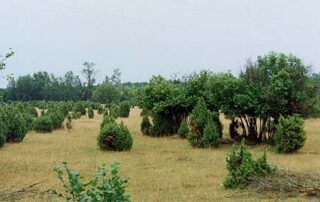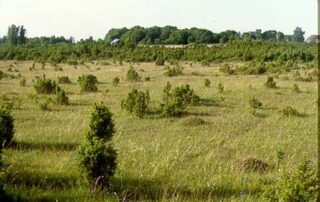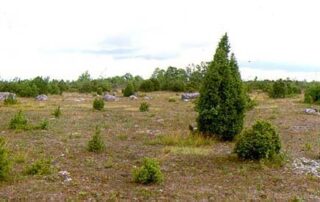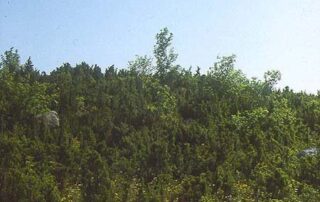Characterization
Alvars can most simply be described as limestone-rich meadows with shallow soil, which generally lack trees and bushes. The thickness of the soil layer is generally up to twenty centimetres, yet in places soil may be almost completely absent and vegetation is then found only in fissures in the limestone and in smaller depressions.

If the precipitation is limited, it is characteristic of the soils of alvars to dry down to the bedrock. This is promoted by the shallow soil layer, sparse plant cover and the landscape that is opened to the winds. Droughts of a more serious nature also have a significant influence on the species composition of the vegetation of alvars, since recovery from drought damage may take many years for some species. Rainfall on an area may, however, lead to the appearance of a pond, since the limestone base prevents water from running off. Winter winds may blow the snow cover from alvars, and the cold may cause land emergences like those described in the areas of permafrost. Thus one and the same alvar may look very different at different times of year.
Alvars may be divided into several groups depending on the conditions of the area in which they grow and on the species composition that depends thereon. On the bases of the moisture conditions of soils, one can distinguish moist alvars, dry alvars with shallow soil and moderately moist alvars on thicker soil. The latter are somewhat different on seaside shingle banks and in places where limestone material is mixed with sand. The alvars in northern Estonia differ also from the ones in the western part of Estonia




